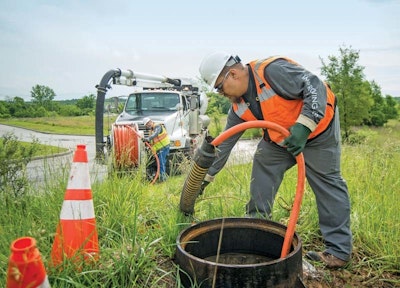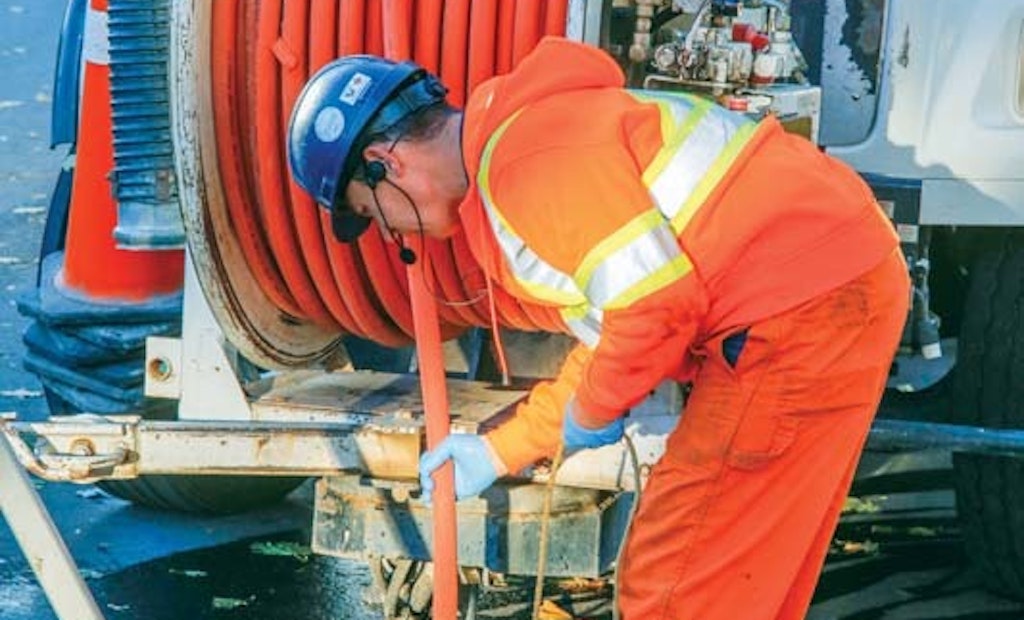How long will a typical jetter hose last? Answering that question is as easy as trying to estimate when a jetter’s pump will break down.
“A hose is meant to be a consumable — it’s not going to last forever,” says Bernie Hengels, a marketing official at United Environmental...







